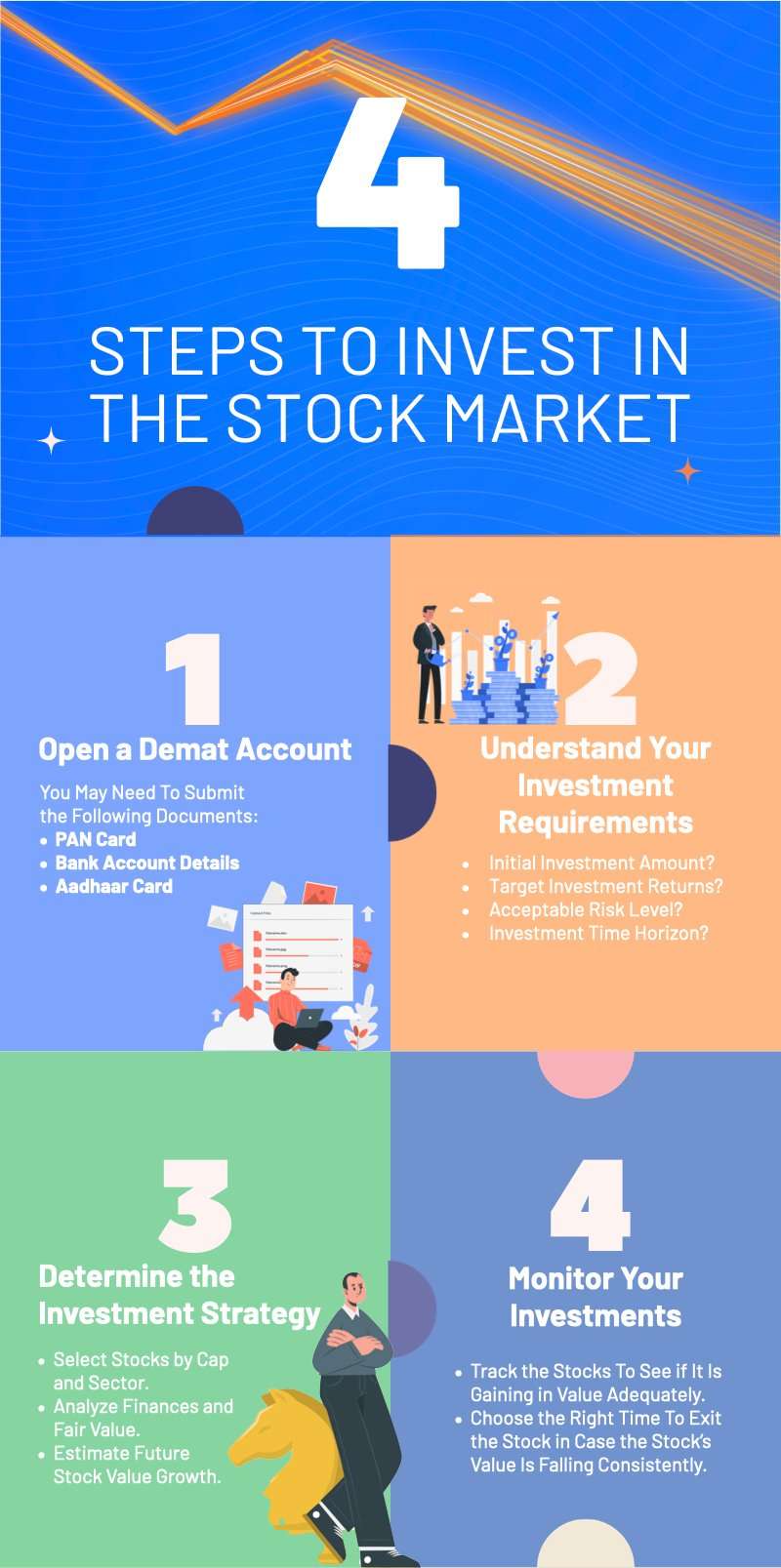Where to Invest in Stocks A Strategic Guide
Confused about where to invest in stocks? Discover the best sectors and strategies to maximize your returns and build a winning portfolio. Start smart investing today!

Choosing where to invest in stocks can feel like navigating a labyrinth in today’s complex financial landscape. The sheer volume of information, coupled with the constant fluctuations of the market, can be overwhelming for both seasoned investors and newcomers alike. The key is to approach the process with a strategic mindset, focusing on understanding your risk tolerance, investment goals, and the various sectors that offer promising opportunities. Smart decisions about where to invest in stocks begin with a solid foundation of knowledge and a well-defined investment strategy.
Understanding Your Investment Profile
Before diving into specific stocks or sectors, it’s crucial to assess your personal investment profile. This involves considering several factors that will guide your investment decisions:
- Risk Tolerance: Are you comfortable with the possibility of losing a significant portion of your investment in exchange for potentially higher returns, or do you prefer a more conservative approach?
- Investment Goals: Are you saving for retirement, a down payment on a house, or another long-term goal? Your timeline will influence the types of investments you choose.
- Time Horizon: How long do you plan to hold your investments? A longer time horizon allows you to weather market volatility and potentially benefit from long-term growth.
- Capital: How much money are you willing to invest?
Understanding these aspects will help you create a tailored investment plan that aligns with your individual circumstances.
Exploring Promising Sectors
Once you have a clear understanding of your investment profile, you can begin to explore different sectors and industries that offer potential growth opportunities. Here are a few examples:
Technology
The technology sector continues to be a powerhouse of innovation and growth. Companies involved in artificial intelligence, cloud computing, cybersecurity, and e-commerce are often considered attractive investments. However, it’s essential to conduct thorough research to identify companies with strong fundamentals and a competitive advantage.
Healthcare
The healthcare sector is driven by an aging population and advancements in medical technology. Companies involved in pharmaceuticals, biotechnology, medical devices, and healthcare services may offer long-term growth potential. Again, careful analysis of company financials and market trends is crucial.
Renewable Energy
With growing concerns about climate change, the renewable energy sector is experiencing rapid growth. Companies involved in solar, wind, and other renewable energy technologies are attracting significant investment.
Consumer Discretionary
This sector is linked to consumer spending habits. Companies selling non-essential goods and services, like electronics, apparel and travel, can perform well when the economy is strong.
A diverse portfolio typically includes investments in various sectors to mitigate risk. Consider the following comparison of two hypothetical investment portfolios:
| Portfolio A (Aggressive) | Portfolio B (Conservative) |
|---|---|
| 70% Technology Stocks | 30% Technology Stocks |
| 20% Renewable Energy Stocks | 20% Healthcare Stocks |
| 10% Emerging Market Stocks | 30% Blue-Chip Stocks |
| 0% Bonds | 20% Bonds |
Choosing the Right Investment Tools
Several investment tools can help you build your portfolio. These include:
- Individual Stocks: Buying shares of individual companies can offer the potential for high returns, but it also carries a higher level of risk.
- Exchange-Traded Funds (ETFs): ETFs are baskets of stocks that track a specific index or sector. They offer diversification and are generally less expensive than mutual funds.
- Mutual Funds: Mutual funds are actively managed portfolios of stocks and bonds. They are a good option for investors who want professional management but typically come with higher fees.
Ultimately, making informed decisions about where to invest requires ongoing research, diligence, and a willingness to adapt to changing market conditions. To make the best decision, carefully consider your personal risk tolerance, investment goals, and the various sectors and tools available. Remember that past performance is not indicative of future results, and all investments carry a degree of risk. Therefore, understanding where to invest in stocks requires a thoughtful and personalized approach.




